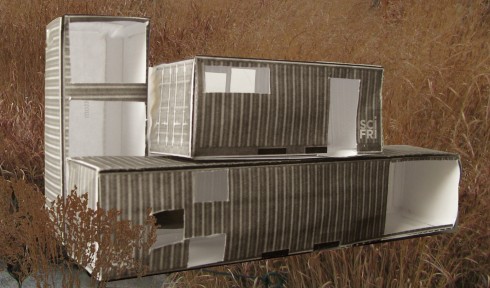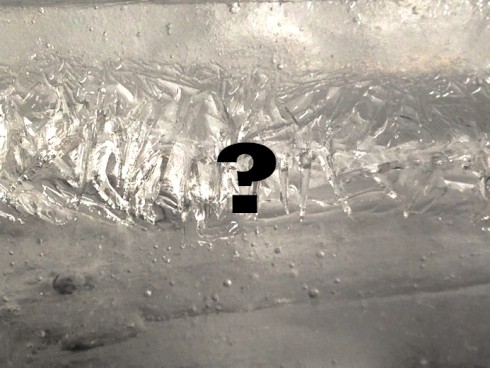On Today's Podcast
Tangling With Entanglement And Other Big Ideas In Physics
Physicist Sean Carroll takes on black holes, Schrödinger’s cat, and other big physics concepts that had our audience wondering.
Listen NowDecember 26, 2025
Physicist Sean Carroll takes on black holes, Schrödinger’s cat, and other big physics concepts. Plus, we revisit some of our top stories of 2025, covering research into how death metal singers safely produce extreme vocalizations, how algorithms and social media are changing language, and what we can learn from people thriving in the coldest parts of the world.
22:22
Michio Kaku Imagines ‘The Future of the Mind’
In “The Future of the Mind,” physicist Michio Kaku predicts big advances for our brains.
23:51
‘Particle Fever’ Captures the Excitement of the Higgs Discovery
“Particle Fever” takes filmgoers behind the scenes of physics’ big breakthrough: the discovery of the Higgs Boson.
How to Make an Artificial Muscle Out of Fishing Line
You’ll need fiber, some weights, a motor, and a heat gun to get you started.
Pick the Winner of SciFri’s Winter Nature Photo Contest
Time to choose your favorite winter snapshot out of our 10 finalists.
A Beer Bottle Prank Is A Lesson In Fluid Mechanics
Scientists used a high speed camera to study how tiny carbon dioxide bubbles in beer rapidly expand and rise.
Make a Model of a Home Made From Shipping Containers
Watch an interview with a couple who built a home from shipping containers. Then, design and construct a scale model of a unique shipping container home using printed templates, and estimate the cost of flooring and paint based on model dimensions.
29:13
On Social Media, the Kids Are All Right
In “It’s Complicated”, Internet scholar Danah Boyd debunks myths about teens’ online lives.
9:09
Your Brain on Jazz
Researcher and musician Charles Limb created an fMRI-safe keyboard to study the effects of jazz on the brain.
6:47
This Fish Sucks
Adam Summers of the University of Washington’s Friday Harbor Labs details how the northern clingfish takes the art of suction to new heights.
16:13
A Diverse Energy Diet, to Face a Changing Climate
U.S. Energy Secretary Ernest Moniz talks about progress on President Obama’s “all-of-the-above” energy strategy.
5:45
Pulsar Pulverizes Incoming Asteroids
A pulsar 37,000 light-years from Earth collided with a billion-ton asteroid.
7:32
A 10,000-Year Stopover En Route to the New World
The ancestors of Native Americans may have lived for millennia on the Bering land bridge before fanning out across the Americas.
16:45
Making Sense Out Of Bitcoin
Bitcoin is a digital currency that was created by an anonymous developer in 2009.
For Privacy, Teens Use Encoded Messages Online
This excerpt from “It’s Complicated” explores how advances in technology afford teens new ways of communicating secretively.
This Fish Sucks
Adam Summers of the University of Washington’s Friday Harbor Labs, details how the Northern Clingfish takes the art of suction to new heights.
How Dogs Are Helping Us Understand Ourselves
Dogs are helping improve our understanding of various human maladies and how we might treat them.
How a London Sewer Inspired a Search for Unusual Sounds
What might be considered a sound “defect” can be fascinating to listen to.
Letting the Inner Athlete Shine, With a Techno-Boost
For Olympians, there’s interplay between natural athletic ability and suits that provide that extra edge.
Use Clues to Solve an Ice Mystery
Use the physical characteristics of ice to determine where and how several mystery samples could have been frozen.
9:15
Artificial Muscles Flex Using Fishing Line and Thread
Researchers create superhuman strength from sewing thread and fishing line.


